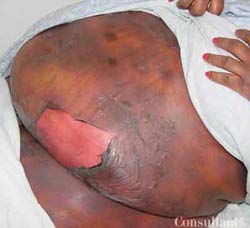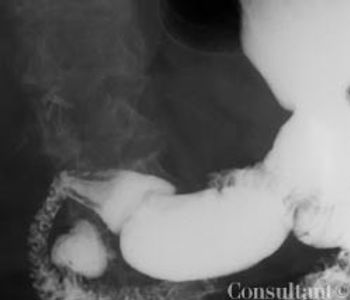
ABSTRACT: Consider prophylactic therapy for patients with frequent (5 or more per month), severe migraine attacks; commonly used agents include β-blockers, calcium channel blockers, antidepressants, and antiepileptic agents. Daily or alternate-day use of aspirin or an NSAID may also be helpful, and limited data suggest angiotensin II receptor blockers may provide effective migraine prophylaxis. For treatment of acute migraine attacks, triptans have emerged as the most effective agents. Controlled clinical trials have demonstrated that all the triptans have similar efficacy. The optimal strategy for an acute migraine attack is to initially administer a therapeutic agent at a dose sufficient to relieve symptoms. Intervention during the early, mild stages of an attack is more likely to alleviate pain than intervention after moderate to severe symptoms occur.
















































































































































































































































































